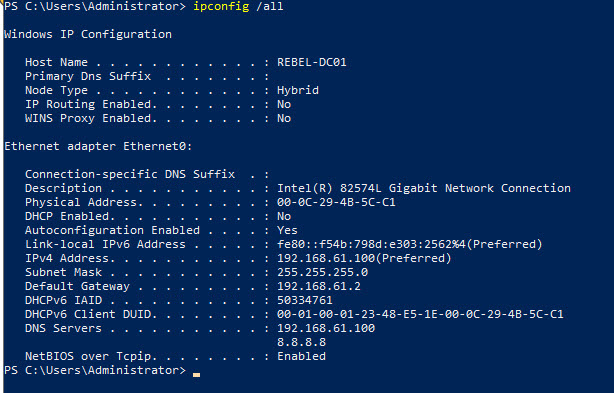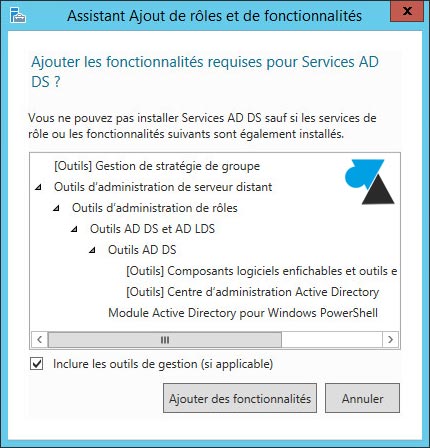
This management pack monitors the services provided by the Active Directory Domain Controller. The Active Directory Domain Member Management Pack, included in the Active Directory Management Pack, helps to identify these issues.

To monitor the Domain Controllers, the Active Directory Domain Services Management Pack provides a predefined, ready-to-run set of processing rules, monitoring scripts, and reports that are designed specifically to monitor the performance and availability of the Active Directory Domain Controllers.Įnd-users and devices in your environment might experience connectivity and service issues even though the Active Directory Domain Controllers appear to be operating correctly. The monitoring provided by this management pack includes monitoring of Active Directory Domain Controllers and monitoring of health from the perspective of clients utilizing Active Directory resources. It monitors the overall health of the Active Directory system and alerts you to critical performance issues. The Active Directory Domain Services Management Pack provides both proactive and reactive monitoring of your Active Directory Domain Services deployment. Not only that… It has been completely rewritten.

Today, I’m sharing the news that the System Center Management Pack (MP) needed to monitor Active Directory Domain Services on-premises is now available for Windows Server 2016.

Instead, many software packages need to become available and/or supported for the new Operating System before organizations are ready to upgrade their entire server farm, for consistency.Įarlier this month, I wrote how Azure AD Connect v1.1.343.0 supports Windows Server 2016 and SQL Server 2016.

Then again, not all Windows Servers offer business value based on Microsoft’s built-in Server Roles and Features. Legacy hardware might need to be replaced to conform to the latest Hardware Compatibility List (HCL). Migrating end-user device Operating Systems (OSs), however, is different to embracing a new version of the Windows Server Operating System (OS).įrom an information security point of view organizations might have requirements for (volume) activation, anti-malware, monitoring, (remote) management and disaster recovery. When organizations embrace new versions of software in a structured way, they end up with checklists, much like the ones I wrote for Windows 7 and Windows 8.


 0 kommentar(er)
0 kommentar(er)
